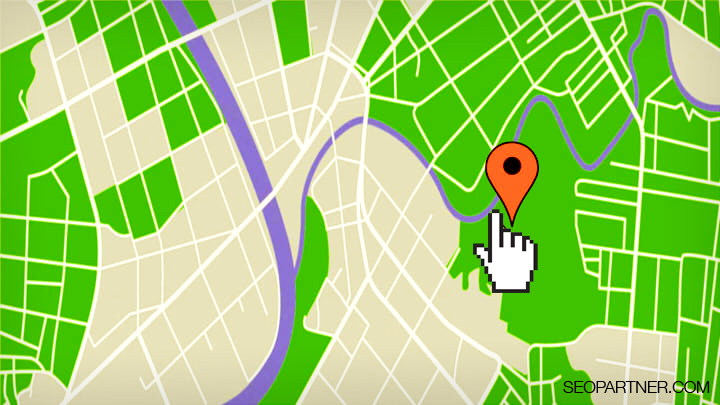Source: http://searchengineland.com/10-practical-tips-using-geo-location-reach-target-audience-217301
Geography plays a huge role in creating customized and targeted marketing campaigns. To help you improve your audience reach, here are some practical Geo-location uses you may want to employ:
Identify a venue
– Find a venue where the audience you target will have specific wants or needs. Make use of consumer tactics to time and pinpoint your marketing efforts. Example: On weekdays, airports are actually a great source for travelers looking for food joints.
Exclude locations
– Figure areas that you don’t want to include. This can be done by venue or one side of a street or any area that could’ve been targeted specifically.
Define a radius
– Identify a radius by time or distance around your store or an area of your interest. A physical location where ads can be delivered can be set by marketers in a perimeter through geo-fencing.
Make adjustments to your bid
– Adjust your bid on ads to give priority to better locations. You can increase your exposure in a specific area by raising your bid for more desirable target locations, while lowering the bid in other areas can keep your reach broad at a reasonable cost.
Make use of location-specific keywords
– Use location-specific keywords for paid search ads. Include location terms like ZIP code, area code, neighborhood, name of community, popular venues, nearby landmarks, well-known street names, tourist spots, local jargon as well as other phrases that will get a consumer to find you when he or she is searching for a business around your location.
Predict your target audience
– Predict your target audience by geography. The residents’ income bracket, ethnicity, age, education, as well as many other demographics or interests can often define a particular neighborhood.
Discover location intent
– Figure out location intent by search history. Marketers are able to deliver ads specific to the location of their consumers by targeting ads utilizing search history. They can do this even if the consumers’ tracked location does not match the physical location of where they were searching.
Analyze the behavior of consumers
– Analyze your consumers’ behavior and preference from past locations they visited. Find out where they like to shop, the things they want to buy, how often they make the trip and even the method they use to get there.
Utilize location-specific landing pages
– Use landing pages that are specific to your target audience’s location to be able to provide them relevant content. It is always essential to not only look for the right consumers, but also to provide them with the most relevant information.
Take advantage of geo-specific events
– Take advantage of geographic specific events as much as possible. These are events such as traditional local holiday celebrations or the weather.
